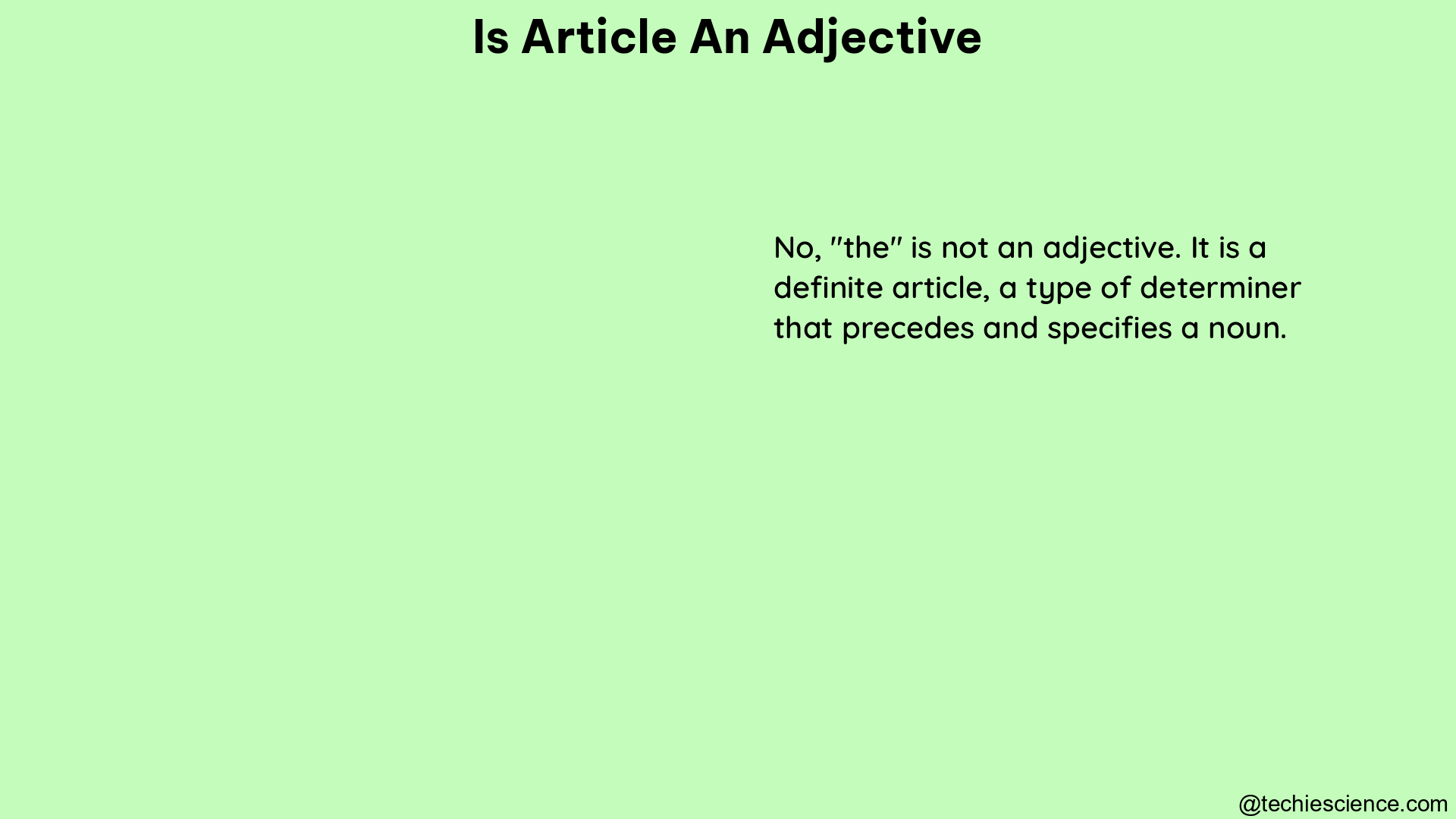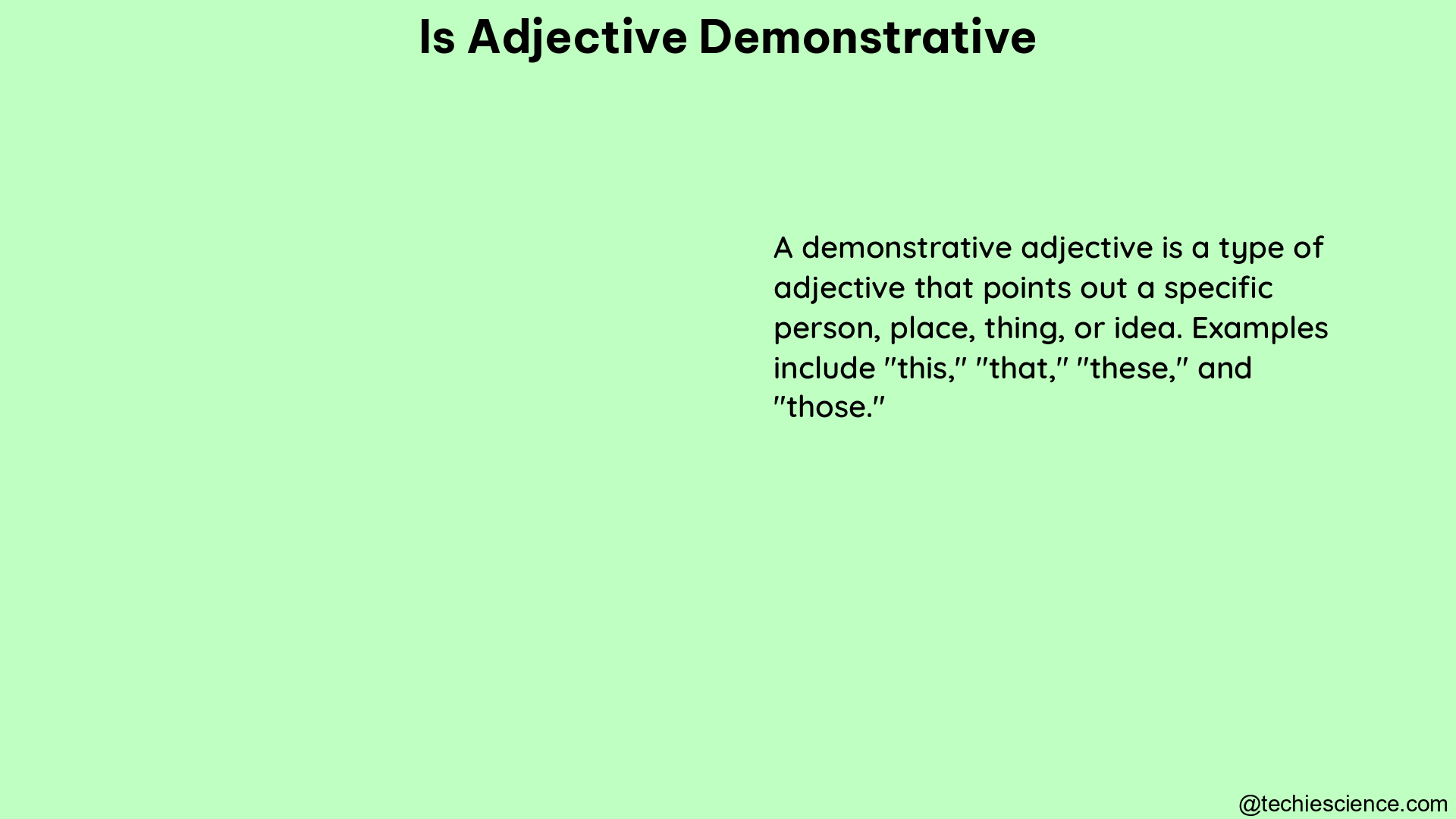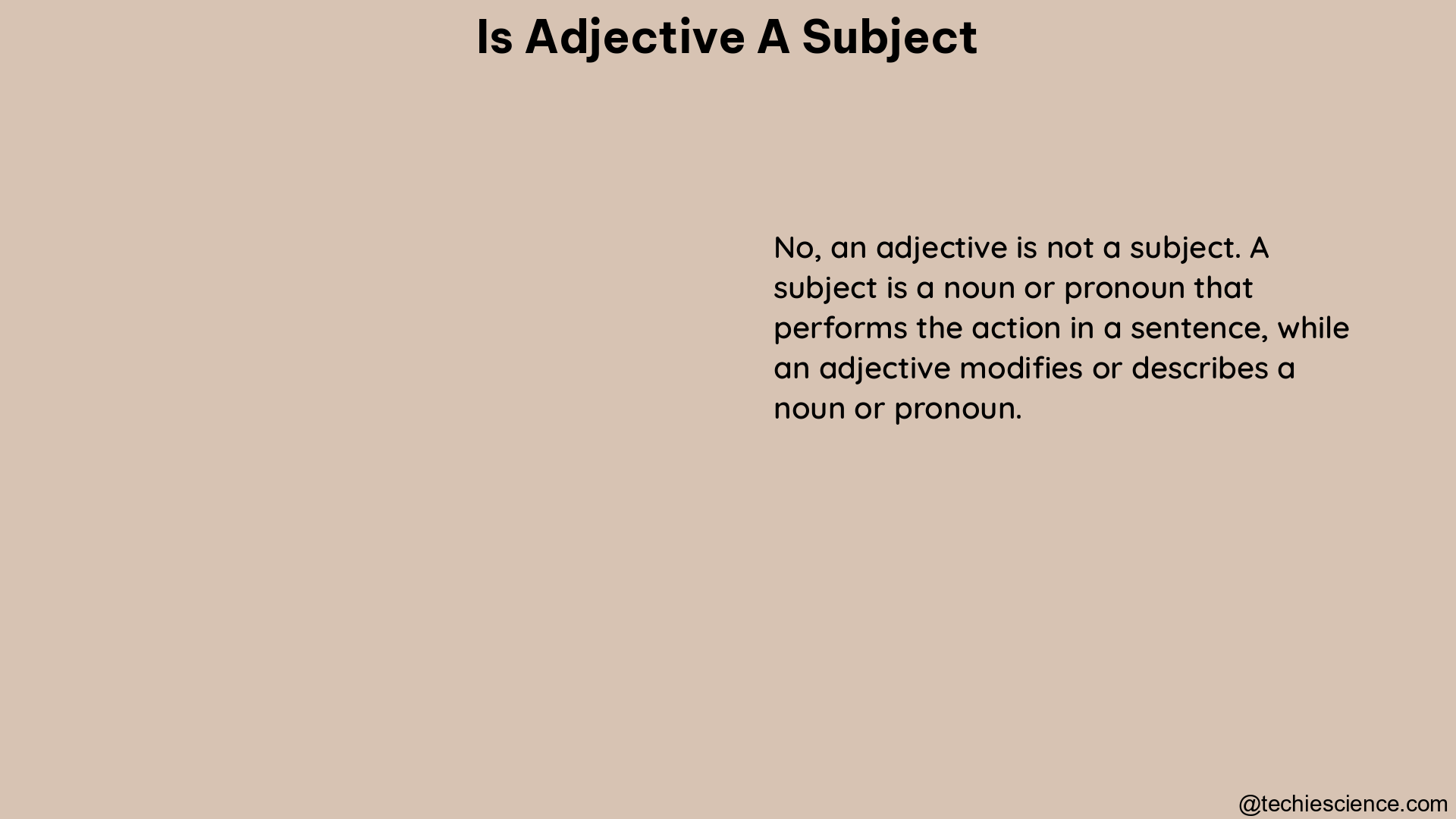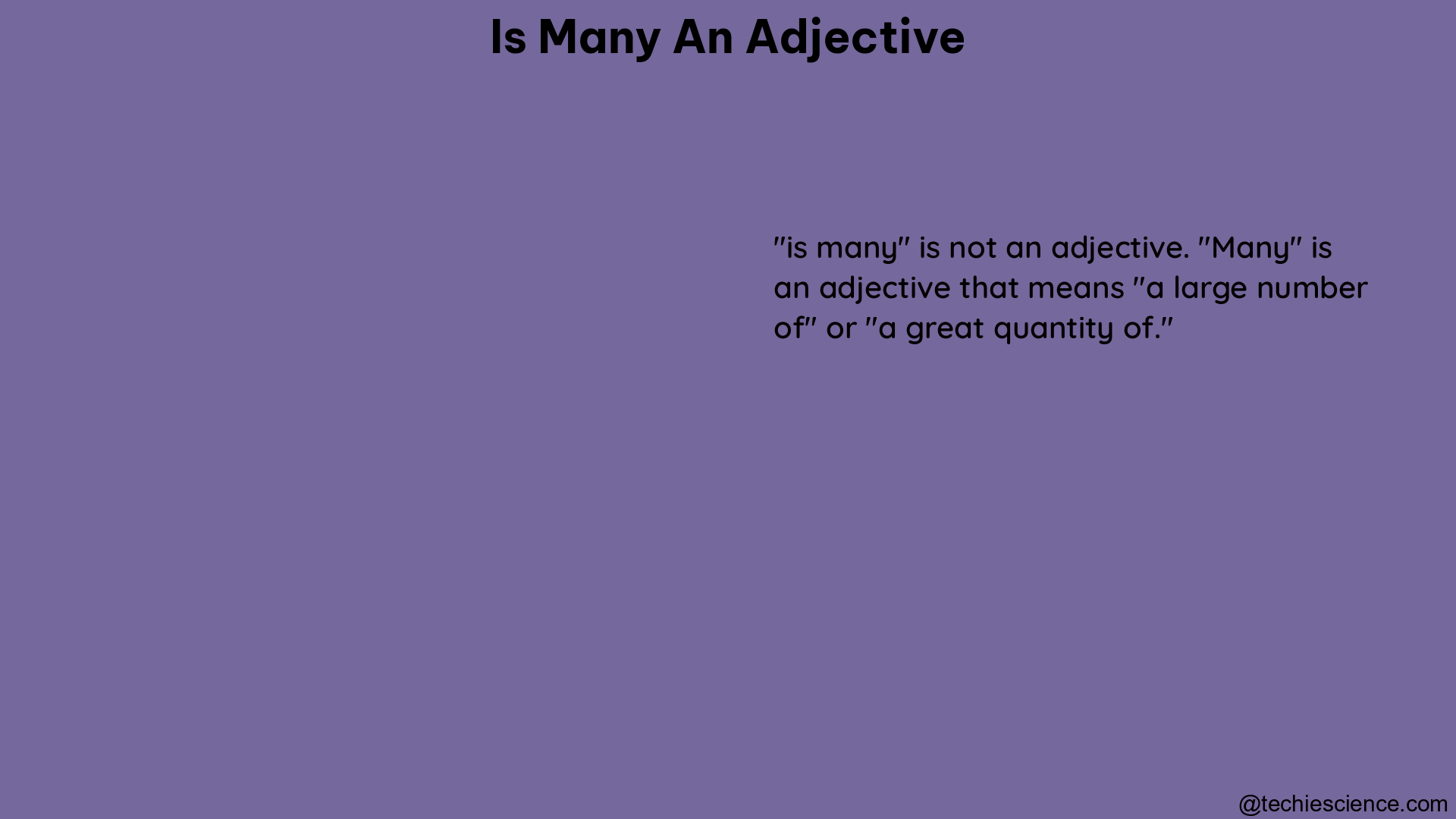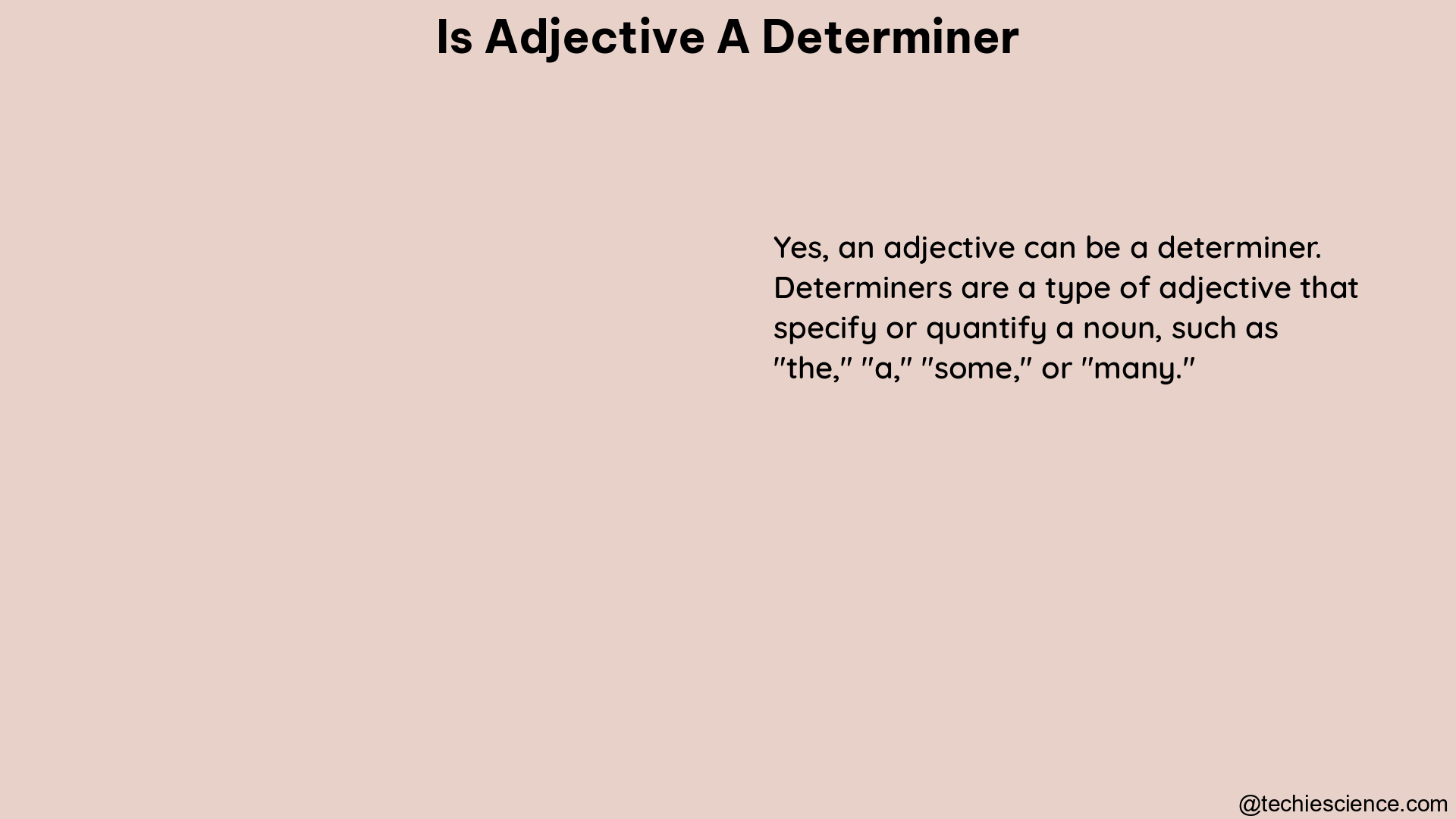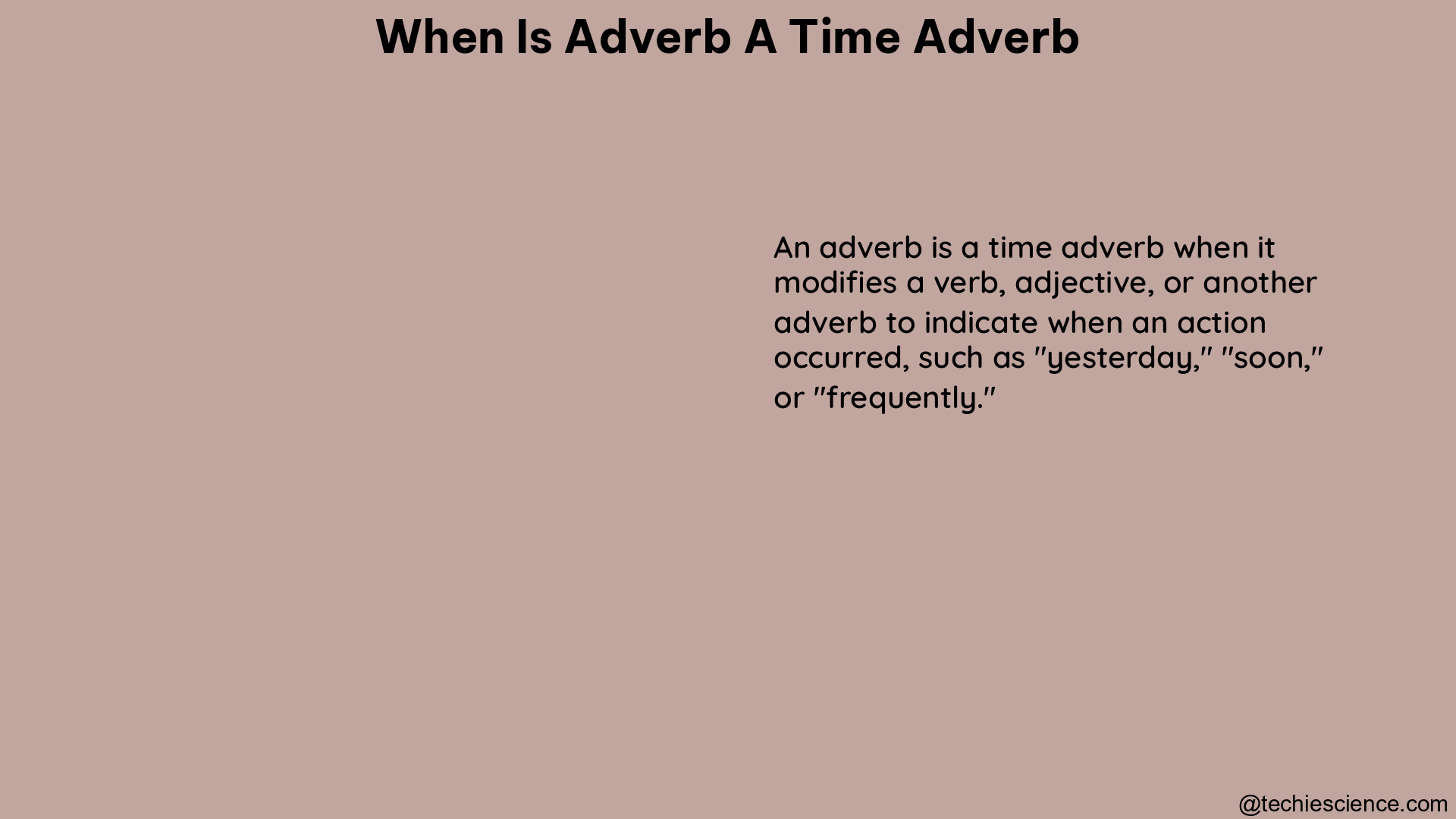In this article we will be dealing in detail about quantity adjectives with the help of 29 useful quantity adjective examples.
Quantity adjective is one of the types of adjective. Just like how all the adjectives tell us additional details about the nouns by modifying them, quantity adjectives too describe or modify the naming words (nouns or noun phrases) by telling us the quantity of the noun.
What are quantity adjectives?
Quantity adjectives are words (adjectives) that allude to how much or measure of the noun (thing) is implied.
Example: There is less sugar left in the jar.
Here, in this sentence, the word ‘less’ is an adjective, to be more specific it is a quantity adjective because it is modifying the thing (noun) ‘sugar’ by saying to us how much sugar is left in the jar.
Quantity adjectives sentences
Below you can go through the examples of quantity adjectives used in sentences.
- 1. You can add little salt to the juice to make it tastier.
- 2. Sakshi has had enough rehearsal for tomorrow’s dance competition.
- 3. Chandana does not eat any rice for lunch.
- 4. I believe you have at least that much patience.
- 5. Pihush has no food left in his plate.
- 6. Subha gave me half of the milk shake.
- 7. Vishnu has been a lonely child for her whole childhood.
- 8. The rich man donated all his wealth to the needy and the poor people.
- 9. Some time is required to solve this problem.
- 10. My son, Armaan drinks only very little water.
- 11. Remember, half of the chocolate belong to me.
- 12. Plenty of food was wasted in yesterday’s birthday party.
- 13. It would be great, if I can take a bit of rest.
- 14. Can you lend me some money immediately?
- 15. Do you any work in the evening?
- 16. The whole salary will be credited to your bank account tomorrow.
- 17. The soup will be tasting better, if you add some salt to it.
- 18. You can eat this, as I have added only less oil in it and it is quite healthy.
- 19. Sudha has very little idea about presentations and slide shows.
- 20. The proof that you have is insufficient to prove you innocent.
- 21. The desert that we went last week had sparse vegetation.
- 22. Sanjay got cold since he ate the full cake yesterday.
- 23. Our manager has very little concern on the employees.
- 24. It would be amazing, if you have some faith in yourself.
- 25. Half of the project was done by my team mate who is also my best friend.
- 26. Mr. Gupta, our Head of the Department has abundant knowledge in this field.
- 27. Virat does not have any anger on you anymore.
- 28. All that you need to have is little more confidence.
- 29. Can I have some coffee to drink?
Quantity adjectives sentences with detailed explanations
Here, we will identify the various quantity adjectives that are used in the above sentences and examine what noun they are modifying in each and every sentence.
1. You can add little salt to the juice to make it tastier.
The quantity adjective utilized in this sentence is ‘little’ as it is modifying (quantifying) the noun ‘salt’ by telling us how much sugar must be added to make the juice tastier
2. Sakshi has had enough rehearsal for tomorrow’s dance competition.
The quantity adjective utilized in the above sentence is ‘enough’ as it is modifying (quantifying) the abstract noun ‘rehearsal’ by telling us how much practice Sakshi has had for tomorrow’s dance competition.
3. Chandana does not eat any rice for lunch.
‘Any’ is the quantity adjective that is utilized in the above sentence because it is describing (quantifying) the naming word ‘rice’ (thing) by saying us how much of rice Chandana does not eat for lunch.
4. I believe you have at least that much patience.
The quantity adjective utilized in this sentence is ‘much’ as it is modifying (quantifying) the abstract noun ‘patience’ by telling us how much patience that ‘you’ has.
5. Pihush has no food left in his plate.
The quantity adjective utilized in this sentence is ‘no’ as it is modifying (quantifying) the noun ‘food’ by telling us how much food is left in Pihush’s plate.
6. Subha gave me half of the milk shake.
‘Half’ is the quantity adjective that is utilized in the above sentence because it is describing (quantifying) the naming word(noun) ‘milk shake ’ (thing) by saying us how much quantity of milk shake Subha gave me.
7. Vishnu has been a lonely child for her whole childhood.
‘Whole’ is the quantity adjective that is utilized in the above sentence because it is describing (quantifying) the naming word(abstract noun) ‘childhood ’ by saying us how much of period of her childhood Vishnu has been lonely.
8. The rich man donated all his wealth to the needy and the poor people.
The quantity adjective utilized in this sentence is ‘all’ as it is modifying (quantifying) the noun ‘wealth’ by telling us how much quantity of his wealth the rich man donated to the needy and the poor.
9. Some time is required to solve this problem.
The quantity adjective utilized in this sentence is ‘some’ as it is modifying (quantifying) the noun ‘time’ by telling us how much quantity time is required to solve this problem.
10. My son, Armaan drinks only very little water.
‘Very little’ is the quantity adjective that is utilized in the above sentence because it is describing (quantifying) the naming word(noun) ‘water’ (thing) by saying us how much water Armaan drinks.
11. Remember, half of the chocolate belong to me.
‘Half’ is the quantity adjective that is utilized in the above sentence because it is describing (quantifying) the naming word(noun) ‘chocolate’ (a thing) by saying us how much chocolate belongs to ‘me’.
12. Plenty of food was wasted in yesterday’s birthday party.
The quantity adjective utilized in this sentence is ‘plenty’ as it is modifying (quantifying) the noun ‘food’ by telling us how much quantity of food was wasted at the birthday party yesterday.
13. It would be great, if I can take a bit of rest.
The quantity adjective utilized in this sentence is ‘a bit’ as it is modifying (quantifying) the noun ‘rest’ by telling us how much quantity of rest the subject ‘I’ wants to take.
14. Can you lend me some money immediately?
‘Some’ is the quantity adjective that is utilized in the above sentence because it is describing (quantifying) the naming word(noun) ‘money’ (a thing) by saying us how much money that ‘I’ wants to borrow.
15. Do you any work in the evening?
The quantity adjective utilized in this sentence is ‘any’ as it is modifying (quantifying) the noun ‘work’ by telling us how much quantity of work that ‘you’ has in the evening.
16. The whole salary will be credited to your bank account tomorrow.
The quantity adjective utilized in this sentence is ‘whole’ as it is modifying (quantifying) the noun ‘salary’ by telling us how much quantity of salary will be credited in the account tomorrow.
17. The soup will be tasting better, if you add some salt to it.
‘Some’ is the quantity adjective which is utilized in the above sentence to describe (quantify) the naming word(noun) ‘salt’ (a thing) by saying us how much salt has to be added to make the soup taste better.
18. You can eat this, as I have added only less oil in it and it is quite healthy.
‘Less’ is the quantity adjective that is utilized in the above sentence because it is describing (quantifying) the naming word(noun) ‘oil’ (a thing) by saying us how much oil is added in the food.
19. Sudha has very little idea about presentations and slide shows.
The quantity adjective utilized in this sentence is ‘very little’ as it is modifying (quantifying) the abstract noun ‘idea’ by telling us how much quantity of idea Sudha has about presentations and slide shows.
20. The proof that you have is insufficient to prove you innocent.
The quantity adjective utilized in this sentence is ‘insufficient’ as it is modifying (quantifying) the abstract noun ‘proof’ by telling us how much amount of proof that ‘you’ has to prove him/ her innocent.
21. The desert that we went last week had sparse vegetation.
‘Sparse’ is the quantity adjective that is utilized in the above sentence because it is describing (quantifying) the naming word(noun) ‘vegetation’ (a thing) by saying us how much vegetation the desert ‘we’ visited last week had.
22. Sanjay got cold since he ate the full cake yesterday.
‘Full’ is the quantity adjective that is utilized in the above sentence because it is describing (quantifying) the naming word(noun) ‘cake’ (a thing) by saying us how much cake Sanjay ate yesterday.
23. Our manager has very little concern on the employees.
The quantity adjective utilized in this sentence is ‘very little’ as it is modifying (quantifying) the abstract noun ‘concern’ by telling us how much amount of concern the manager has on the employees.
24. It would be amazing, if you have some faith in yourself.
The quantity adjective utilized in this sentence is ‘some’ as it is modifying (quantifying) the abstract noun ‘faith’ by telling us how much amount of faith one should have on himself/ herself.
25. Half of the project was done by my team mate who is also my best friend.
The quantity adjective utilized in this sentence is ‘half’ as it is modifying (quantifying) the noun ‘project’ by telling us how much amount of project was done by the team mate cum best friend.
26. Mr. Gupta, our Head of the Department has abundant knowledge in this field.
‘Abundant’ is the quantity adjective that is utilized in the above sentence because it is describing (quantifying) the naming word(abstract noun) ‘knowledge’ by saying us how much knowledge Mr. Gupta has in this field.
27. Virat does not have any anger on you anymore.
‘Any’ is the quantity adjective which is utilized in the above sentence because it is describing (quantifying) the naming word(abstract noun) ‘anger’ by saying us how much anger Virat has on ‘you’.
28. All that you need to have is little more confidence.
The quantity adjective utilized in this sentence is ‘little more’ as it is modifying (quantifying) the abstract noun ‘confidence’ by telling us how much amount of confidence ‘you’ need to have.
29. Can I have some coffee to drink?
‘Some’ is the quantity adjective that is utilized in the above sentence because it is describing (quantifying) the naming word (noun) ‘coffee’ by saying us how much coffee the subject ‘I’ wants.
Quantity adjectives use
Quantity adjectives otherwise also known as adjectives of quantity help in quantifying the nouns or noun phrases in a sentence. It gives additional information about the noun by indicating to us how much of the noun is referred to in the sentence.
Also note, quantity adjectives are utilized to describe, modify and quantify mass nouns or uncountable nouns, nouns that cannot be divided and counted as separate individual parts. Nouns that can be counted in numbers (countable nouns) are modified using numeral adjectives or adjectives of number and not with quantity adjectives.
Example: Rishi has to finish a lot of work.
‘A lot’ is the quantity adjective here as it is telling us how much of work Rishi has to finish by quantifying (modifying) the uncountable noun ‘work’.
Example 1: Subha bought much toys for me last week.
Example 2: Subha bought many toys for me last week.
Example 3: Subha bought five toys for me last week.
In the example sentence 1, the word ‘much’ is used to modify the noun ‘toys’. But however, itis a wrong usage, as ‘toys’ is a countable noun and the quantity adjective ‘much’ cannot be used to quantify a countable noun.
In the example sentences 2 and 3, the countable noun ‘toys’ is rightly modified by adjectives of number (numeral adjectives) ‘many’ and ‘five’ respectively. ‘Many’ is called as an indefinite numeral adjective as it does not tell us definitely how many toys Subha bought last week. ‘Five’ can be regarded as a definite numeral adjective as it conveying to us exactly the number of toys Subha has bought last week as five.
Conclusion
Thus from this art, we got to know how, where, when and why quantity adjectives or adjectives of quantity are used to describe the naming words in a sentence with the aid of several useful quantity adjective examples and explanations.
Read more about Descriptive Adjective Examples
